Books
From a Fresh Look at Van Gogh To an Artist’s Ode to the Bodega, Here Are 6 Books On Our Reading List In 2024
From a new look at Van Gogh to an artist's ode to the New York City bodega, here's what we're cracking open this year.

From a new look at Van Gogh to an artist's ode to the New York City bodega, here's what we're cracking open this year.

Artnet News

In the world of art book publishing, the first few months of the new year see a host of historical and scholarly works. Here, we look at several such volumes, from a deep-dive into the cerebral art collection of the late former MoMA curator and director William Rubin to a revisioning of Vincent van Gogh to a stimulating exploration of art as protest in Eastern and Western Europe. Welcome to the art literati.
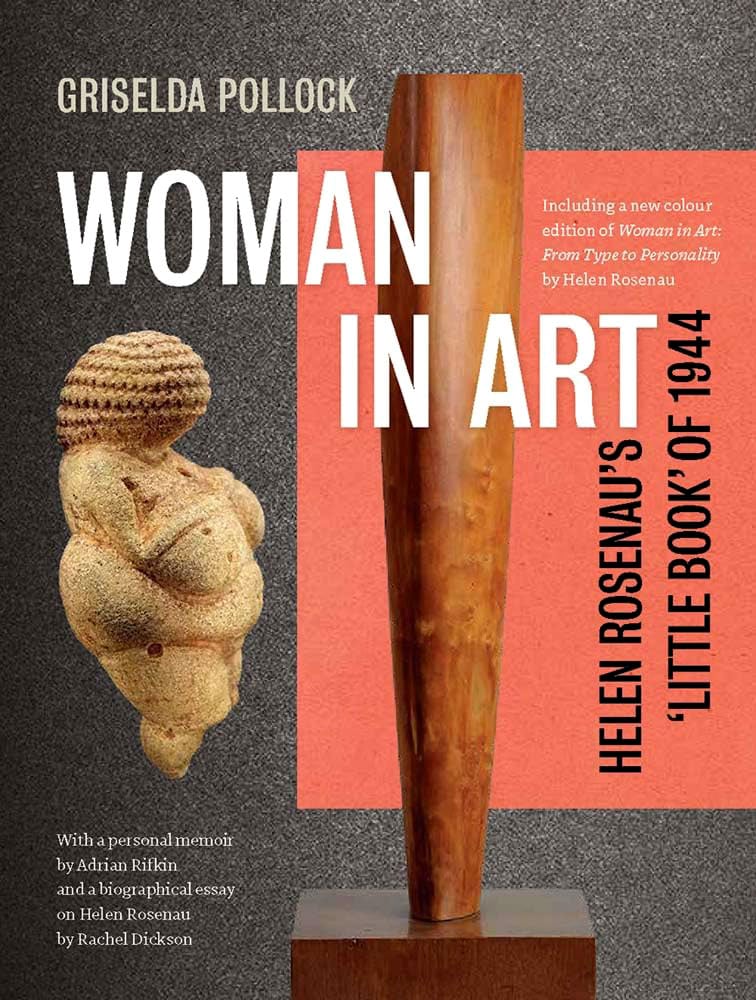
Woman in Art: Helen Rosenau’s ‘Little Book’ of 1944 by Griselda Pollock. Courtesy of Rizzoli.
Celebrating 80 years since the publication of art historian Helen Rosenau’s Women in Art: From Type to Personality, this new version makes clear the considerable impact that her trailblazing, gender-based approach has had on the discipline of art history. The original text is accompanied by an introductory essay by Griselda Pollock about Rosenau’s methods, ideas, and key arguments; a personal account of being her student by Adrian Rifkin; and new research into Rosenau’s experiences as a refugee in Britain, having fled Nazi persecution in the 1930s by Rachel Dickson.
—Jo Lawson-Tancred
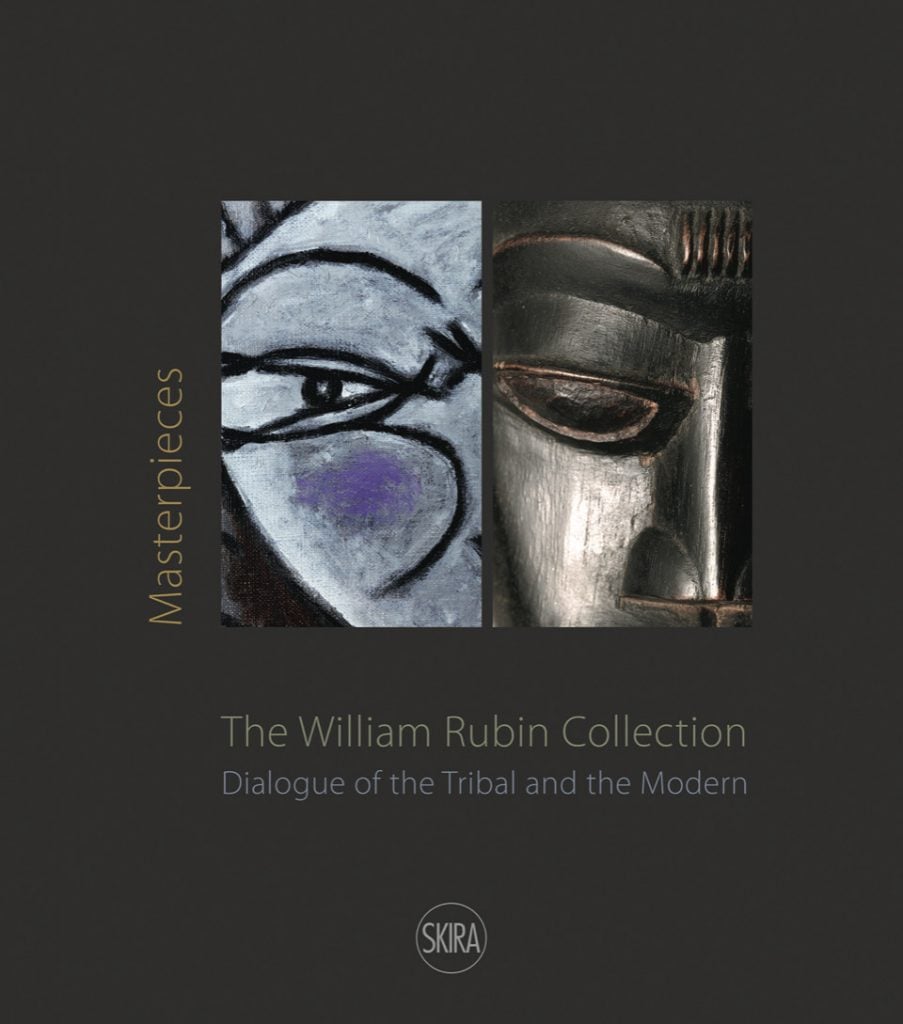
Phyllis Hattis Rubin, Masterpieces: The William Rubin Collection. Courtesy of Skira.
This inviting monograph is a spirited love letter to the late MoMA director that was spearheaded by his widow, Phyllis Hattis Rubin. It was a years-long effort that’s evident in every detail of the final result, from the photos celebrating their marriage, world travels, and life with daughter Beatrice to the many deep relationships he maintained with artists including Pablo Picasso, Richard Serra, and Frank Stella, to name just a few. Editor and New Yorker staff writer Adam Gopnik, top collector and Neue Galerie founder Ronald S. Lauder, and dealer Francis Naumann have all contributed lively and deeply personal essays to the book.
As Hattis Rubin writes, “The reader is invited to engage in a visual dialogue between works of art whether modern or tribal, contemporary or past.” By showing 48 selected works in their sprawling private collection in various contexts, “the reader can experience the language of seeing with up-close viewing, revealing the hand of the artist and imagine the evolution of his or her art.”
—Eileen Kinsella
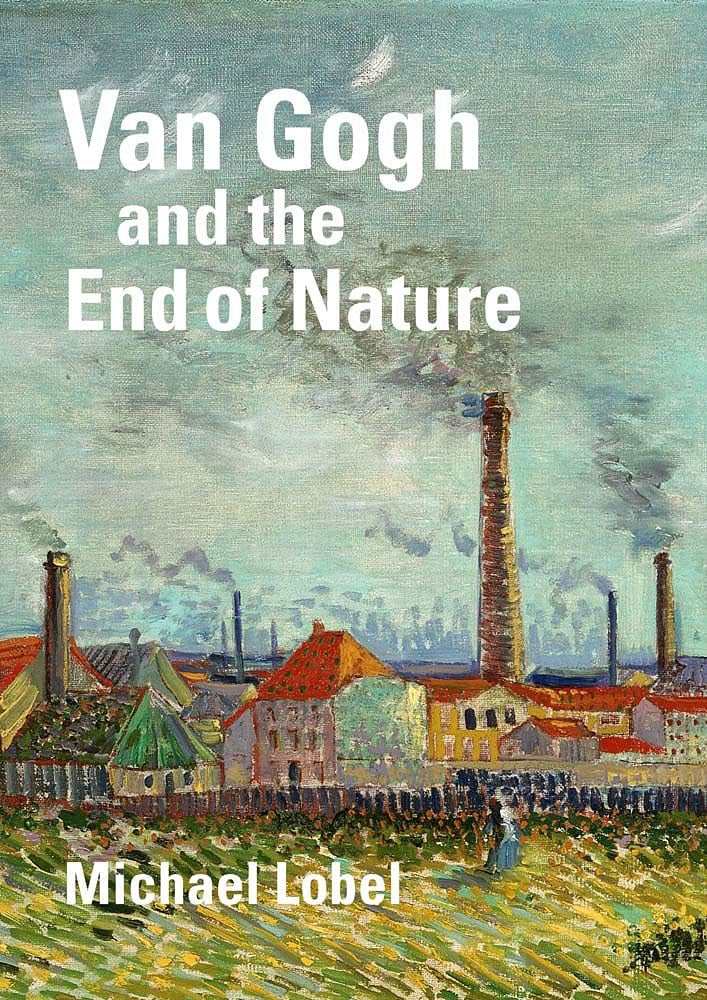
Van Gogh and the End of Nature by Michael Lobel. Courtesy of Yale University Press.
Vincent van Gogh is typically thought of as a nature painter. Cypresses, starry nights, and wheat fields come to mind. But the author and CUNY professor Michael Lobel offers an alternate take on the icon’s work by showing how his paintings very often drew from the Industrial Revolution during which the artist lived and worked. While he may not have directly addressed the industrial landscape in the way Claude Monet and Camille Pissarro did, several of his images in fact portrayed factories, coal mines, and smokestacks. Even the materials he used, Lobel argues, were influenced by industrialism.
Van Gogh and the End of Nature promises a reassessment of the artist’s career—including some of his best-known pictures—through historical research and observational analysis, highlighting how Van Gogh’s engagement with the industrial age impacted his artistic practice and foreshadowed the looming specter of climate change.
—Lee Carter
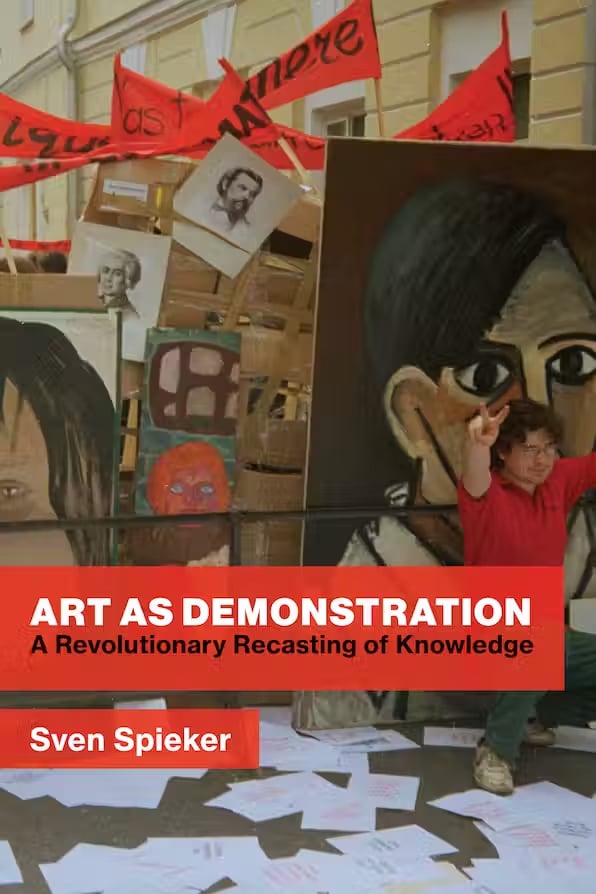
Sven Spieker, Art as Demonstration: A Revolutionary Recasting of Knowledge (2024). Courtesy of the MIT Press.
The boundaries between art and activism have experienced incredible flux in recent years, and, as Sven Spieker promises to explore in his forthcoming book, has significant historical precedence. Looking at the histories of postwar art in both Eastern and Western Europe through the lens of demonstration—from drawing attention to an issue to forms of resistance—Spieker aims to illustrate how movements affect art and artists politically as well as formally and aesthetically. Using close analysis of individual works, particularly from the 1960s onwards, the book highlights how artists’ perspectives on art have evolved from isolated objects to forms of education.
— Annikka Olsen
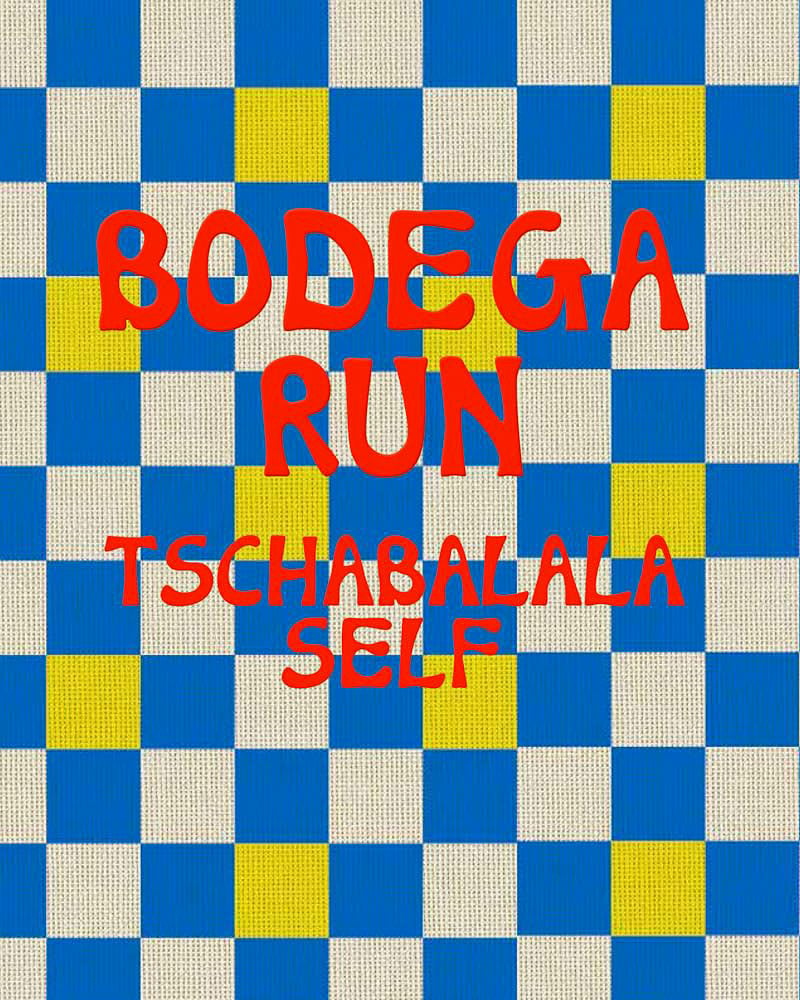
Bodega Run by Tschabalala Self. Courtesy of Gregory R. Miller & Co.
Over the past decade, the New York-based artist Tschabalala Self has produced mixed-media installations in homage to one of the city’s staple institutions: the humble bodega. These local convenience stores are sites of cross-cultural exchange where immigrants from a wide range of origins meet. It is this sense of community that has been brought to life in Self’s immersive artworks full of larger-than-life sculptures, paintings, photographs, and readymades. The series, which was the subject of a solo show at the Hammer Museum in 2019, is recorded in this luscious new book filled with documentation, photographs, and critical texts that offer new insights into the project.
— Jo Lawson-Tancred
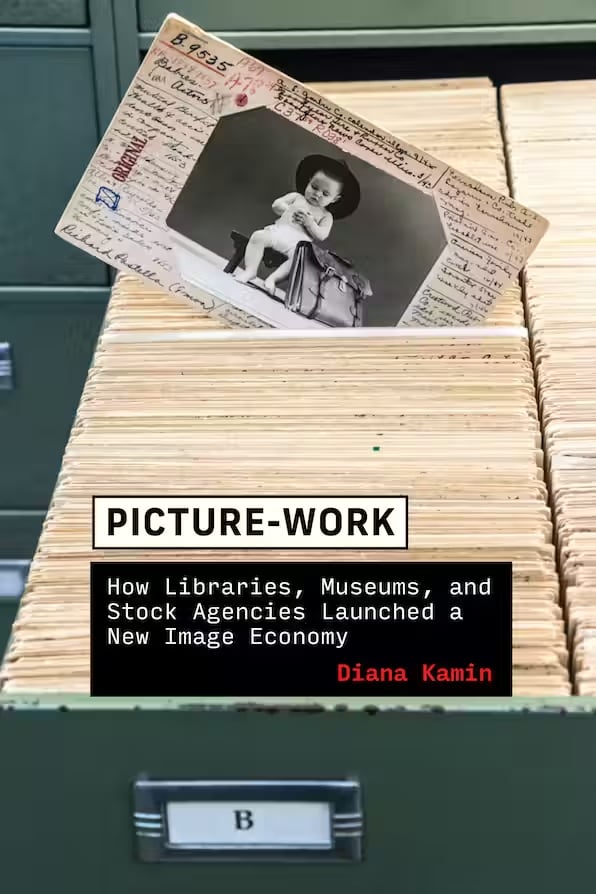
Diana Kamin, Picture-Work: How Libraries, Museums, and Stock Agencies Launched a New Image Economy (2023). Courtesy of the MIT Press.
Accessing and downloading images has become an inextricable element of everyday life—but this wasn’t always the case. Though we may take public domain artworks on museum websites or pictures from sites like Getty Images or Alamy for granted now, these resources are indicative of a profound transformation in the understanding and economy of images. Examining how three institutions, the New York Public Library, Museum of Modern Art, and H. Armstrong Roberts Inc. (a stock agency), have approached and leveraged their own image collections, the book traces evolving public conceptions about photographic images and the development of modern rights and reproductions.
— Annikka Olsen